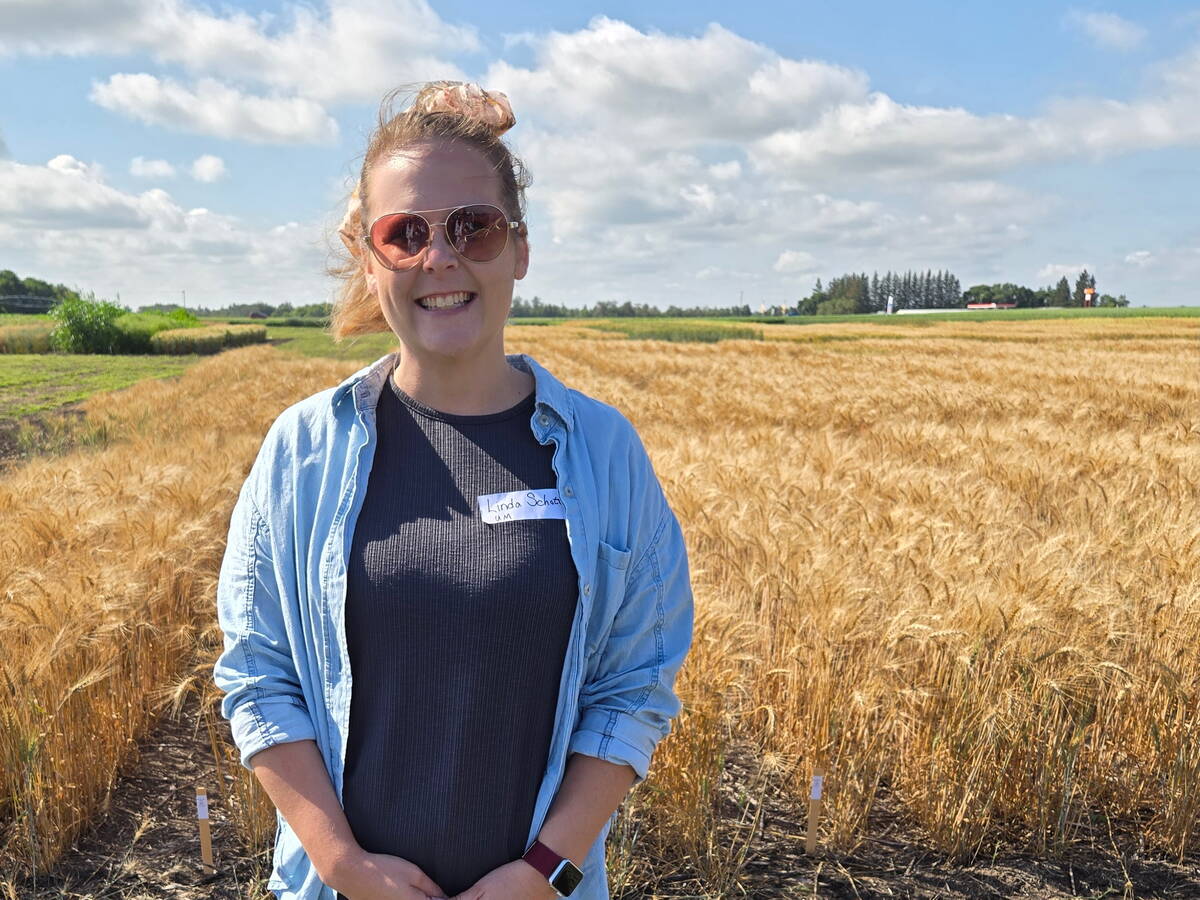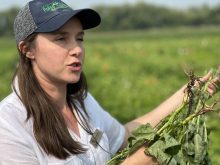The significance of Ottawa’s announcement of almost $40 million to train rural doctors is not the money or the positions, says Dr. John Wootton.
It is in the fact that the federal government appears willing to venture into provincial jurisdiction to begin fixing a problem, said the president of the Society of Rural Physicians of Canada.
“It is one of the first investments of its kind by the federal government,” he said. “It is my hope that it signals a change in direction and that they will be more open to creative solutions.”
Read Also

University of Manitoba hires potato researcher
A new research chair position at the University of Manitoba will tackle sustainability in the potato industry.
Canadian Medical Association president Jeff Turnbull said the CMA estimates as many as five million Canadians do not have a family doctor.
Funding for 100 new family residency positions in rural Canada is a start, he added.
“While more needs to be done, we are encouraged by the announcement of these new residencies in Canada’s rural regions where access to physicians is a constant challenge,” he said in a statement.
Health minister Leona Aglukkaq, from the remote Nunavut community of Cambridge Bay, announced that the government will spend $39.5 million to train and support family medicine residents working or willing to work in rural and remote areas.
The money comes from a Pan-Canadian Health Human Resources Strategy announced in an earlier budget.
The largest share, $11 million, will support 60 training positions in emergency medicine in Ontario.
Saskatchewan will receive $3.4 million to support six new physicians with training in anesthesia or surgery. They will work with the University of Saskatchewan’s College of Medicine.
British Columbia will receive $5.9 million for up to 20 residencies.
Nunavut, New Brunswick and Newfoundland also receive some of the funding.
Wootton said part of the downside with the announcement is that it will be implemented differently in different provinces.
“That means it will be difficult to really assess the results. Some may be more successful than others.”
He said a lack of statistics and concentrated attention on improving rural health is a problem for rural medicine. Health Canada does not have a rural branch and the CMA does not concentrate on the issue.
He said there is not even reliable information on how many physicians practice in rural Canada and how many are needed.
“We just don’t know.”
Wootton said there is also no guarantee that physicians trained under the program will stay in rural locations.
“There is a risk you are just going to increase the number of medical tourists, people who go to rural or remote communities for a few years for the experience and then head back to the city.”
Liberals dismissed the Conservative announcement as a Band-Aid solution for a serious problem.
“The Liberal plan would help up to 6,000 doctors, nurses and nurse practitioners practice in under-served rural communities by forgiving up to $20,000 of their student debt,” the party said.
It also said it would support rural-focused medical education and training, improve rural health extension programs, encourage rural young people to go to medical school and improve rural internet service.














